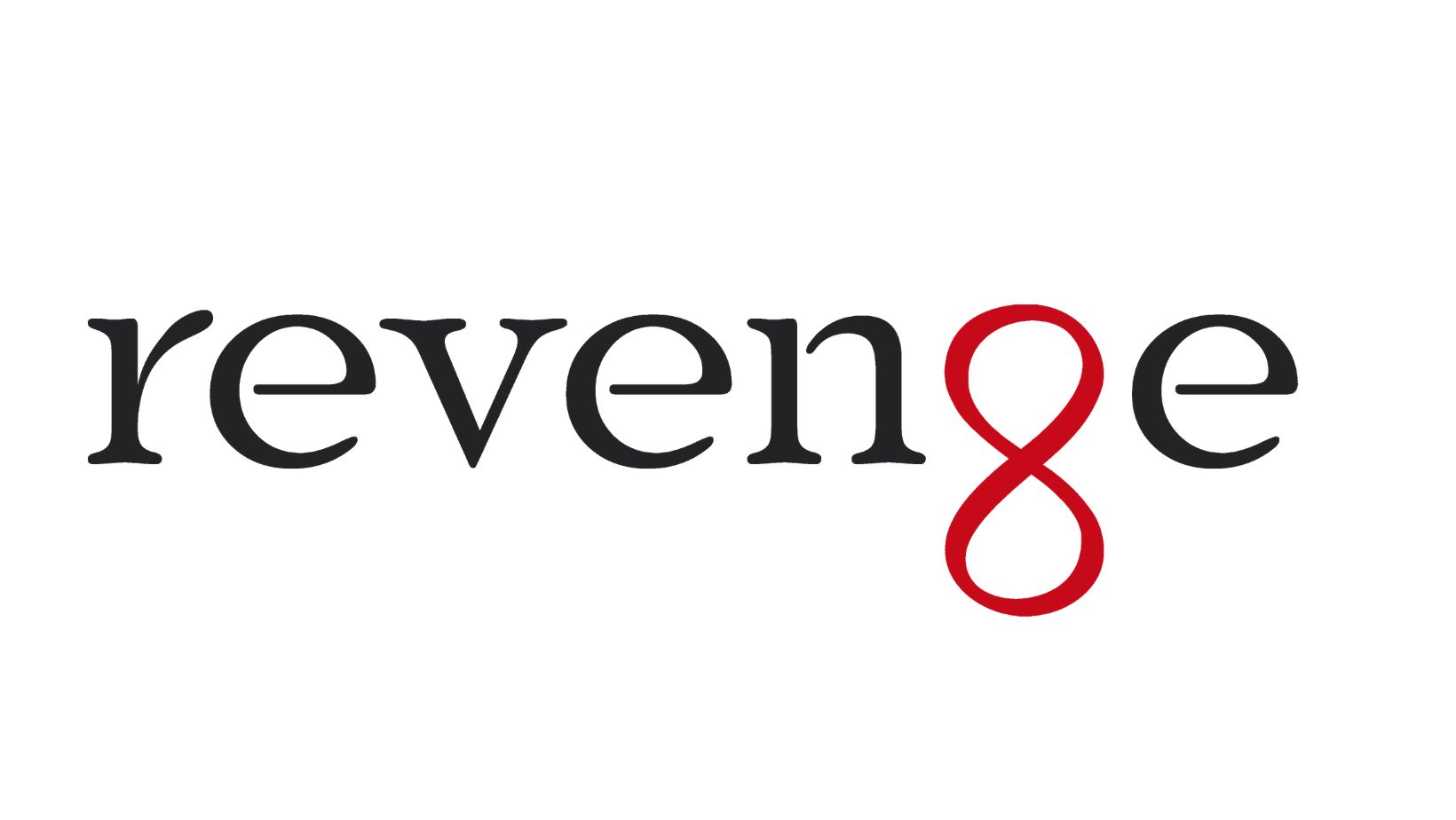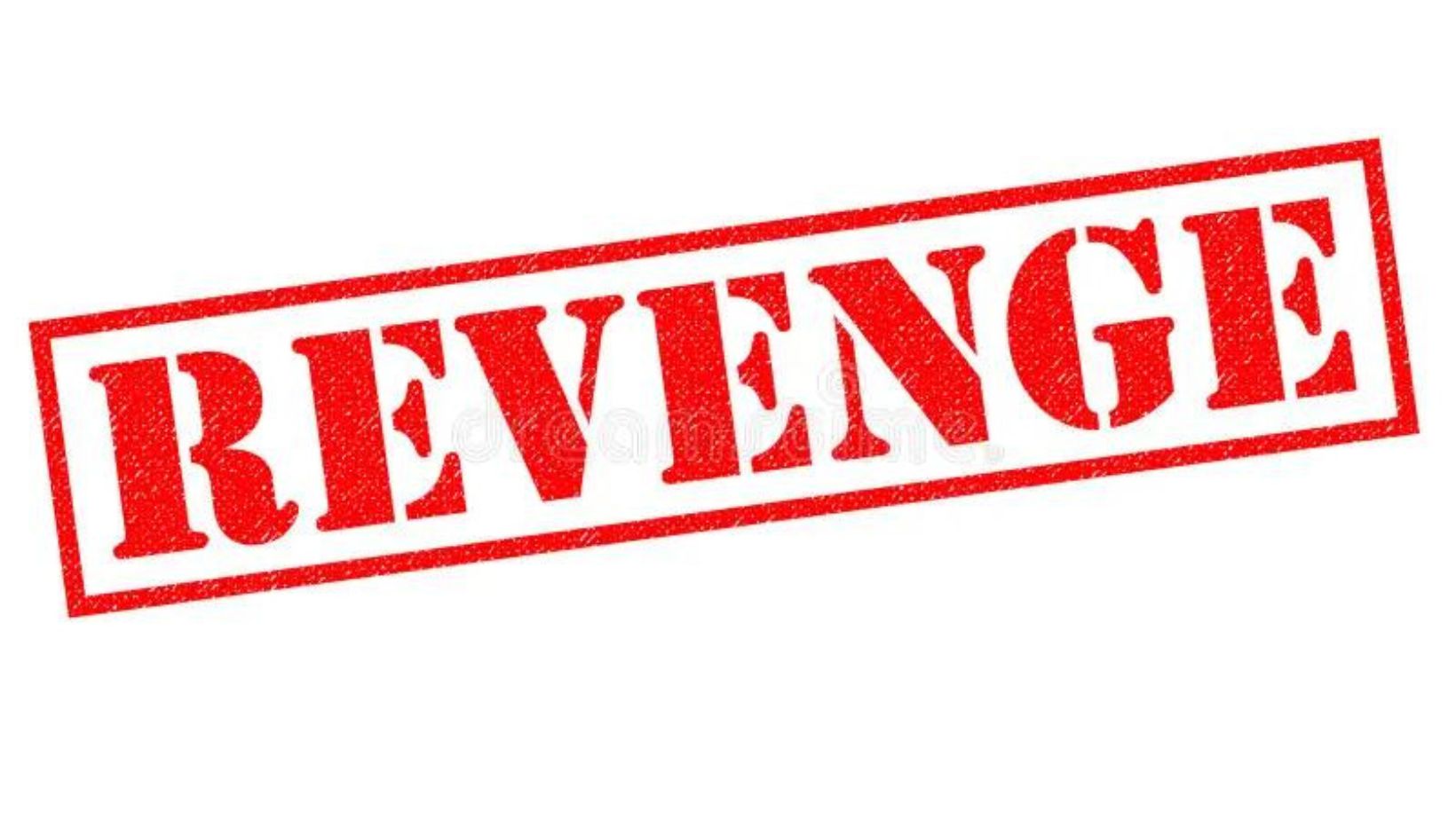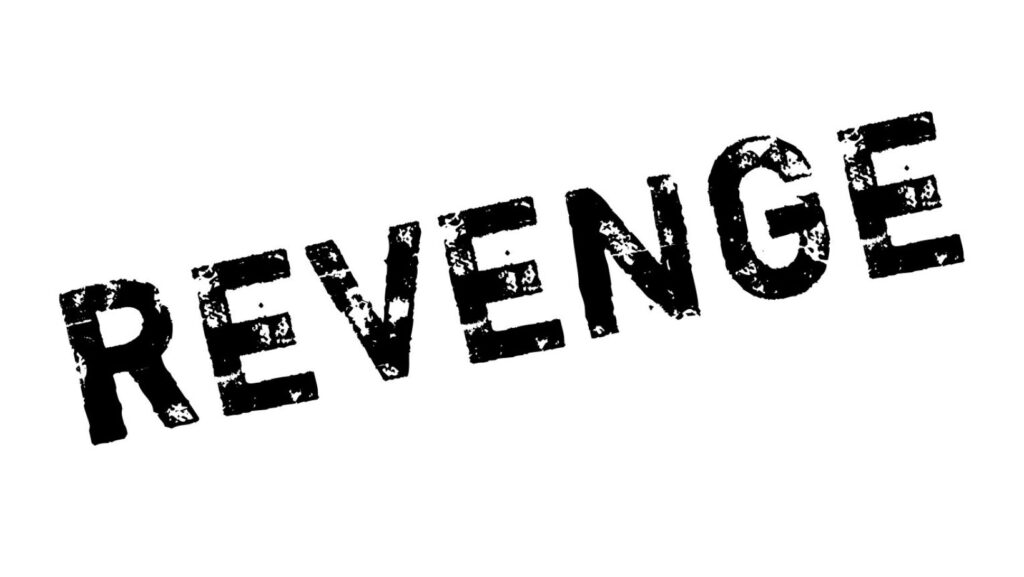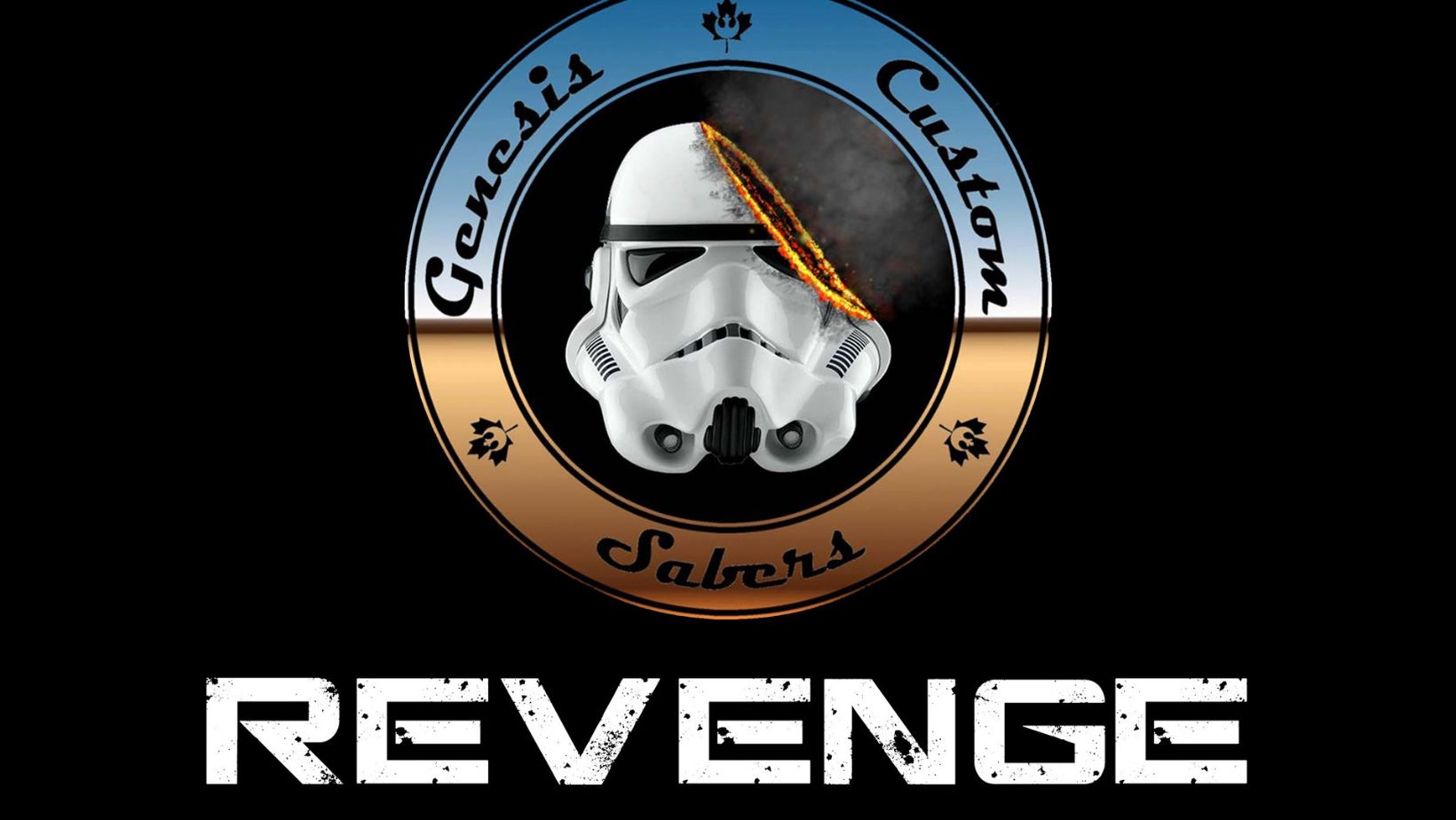Symbol:ahqxtbkdanu= Revenge

In a world where actions often speak louder than words, symbols have emerged as powerful tools of communication. But what happenswhen these symbols are wielded for revenge? “Symbol revenge” is a fascinating phenomenon where individuals or groups use symbols to convey messages of retaliation, rebellion, or justice. This concept taps into the deep-seated human desire for expression and the need to address grievances in a visually impactful way.
From historical emblems to modern digital icons, symbols carry meanings that transcend language barriers. Their ability to evoke emotions and provoke thought makes them ideal instruments for those seeking retribution. Whether it’s a graffiti tag left as a mark of defiance or a viral meme aimed at exposing wrongdoing, symbol revenge operates at the intersection of art, culture, and conflict. As society becomes increasingly visual, understanding the dynamics of symbol revenge offers insight into how people navigate power struggles and personal vendettas.
Understanding Symbol Revenge
Symbol revenge often involves the deliberate creation and use of visual representations to convey messages of retaliation or resistance. These symbols serve as powerful communicators, evoking strong emotions and transcending linguistic boundaries. Historically, symbols like the Christian cross or the swastika have embodied complex and conflicting meanings depending on context and period.

In a modern context, digital icons and memes have expanded symbol revenge’s reach. Social media platforms facilitate rapiddissemination, enabling users to challenge authorities or call out injustices effectively. Artistic expressions, such as graffiti and street art, incorporate symbolic elements to highlight societal issues or political dissatisfaction.
Analyzing symbol revenge in cultural and conflict contexts reveals its impact on public opinion and societal change. Understanding the motivations behind these symbols can provide insights into underlying issues and tensions. This awareness aids observers in decoding the messages conveyed by symbol revenge, which is crucial in today’s visually-driven world.
Origins of Symbol Revenge
Symbol revenge draws from ancient practices where symbols conveyed powerful messages. These symbols offered a medium for expressing defiance or delivering a warning across cultures and eras.
Historical Context
Ancient civilizations used symbols to communicate power and resistance. In medieval Europe, heraldry served as a form of identity and protest, where families displayed coats of arms to signify alliances or rivalries. Native American tribes employed totems, both for cultural expression and as symbols of resistance against colonial forces. From skull and crossbones on pirate flags to the red flag of revolutionaries, symbols historically marked opposition and defiance.
Cultural Significance
Symbols carry profound meaning across cultural landscapes. In Japan, the rising sun symbol embodied national pride and resilience. In West African cultures, Adinkra symbols represented proverbs and philosophical concepts, often used in resistance movements. Modern symbols, such as the peace sign, originated during the 1950s anti-war protests, demonstrating the enduring nature of symbolic language. Through time, these representations have bridged gaps, shaping collective identity and facilitating cultural resilience.
Modern Interpretations
Modern interpretations of symbol revenge manifest across various domains, reflecting cultural and societal shifts. They illustrate how contemporary society continues to harness symbols for expression and resistance.
Literature and Media
In literature and media, symbol revenge takes shape in plots and narratives that center around symbols representing defiance or justice. For example, dystopian novels often feature symbols as emblems of rebellion, such as the Mockingjay in The Hunger Games. Films and series use visuals to convey deeper meanings, like the Resistance symbol in Star Wars. These narratives show how symbols influence thought and action, often becoming cultural markers of resistance.
Art and Design
Art and design utilize symbol revenge by integrating rebellious elements into visual compositions. Street art, such as murals and graffiti,frequently includes icons and motifs challenging authority, like Banksy’s works reflecting political critique. Designers often incorporate subversive symbols into fashion, using clothes as a canvas for political statements. These artistic expressions validate symbol revenge as a potent tool for socio-political commentary.
Symbol revenge remains a dynamic force in contemporary society, bridging the gap between historical traditions and modern expressions. Its ability to convey complex messages quickly and effectively makes it a powerful tool for both individuals and movements seeking change. As society continues to evolve, the role of symbols in shaping narratives and influencing public perception is likely to grow even more significant.



